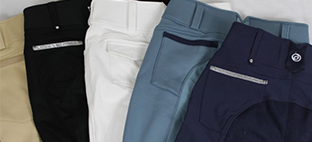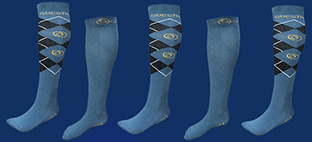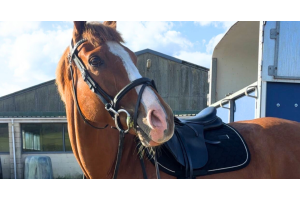How To Wrap Your Horse's Bandages
Horses are athletic creatures that need to be able to move freely. They are prone to injury, and one of the best ways to protect horse legs is to wrap them in bandages. They sometimes need support and protection for their legs, especially when competing or during rehabilitation from an injury. That's where bandages come in!
There are several reasons for wrapping or bandaging horse legs. Bandaging can provide additional security and assistance for the horse whether hitting moving, transporting, resting, or healing from an injury.
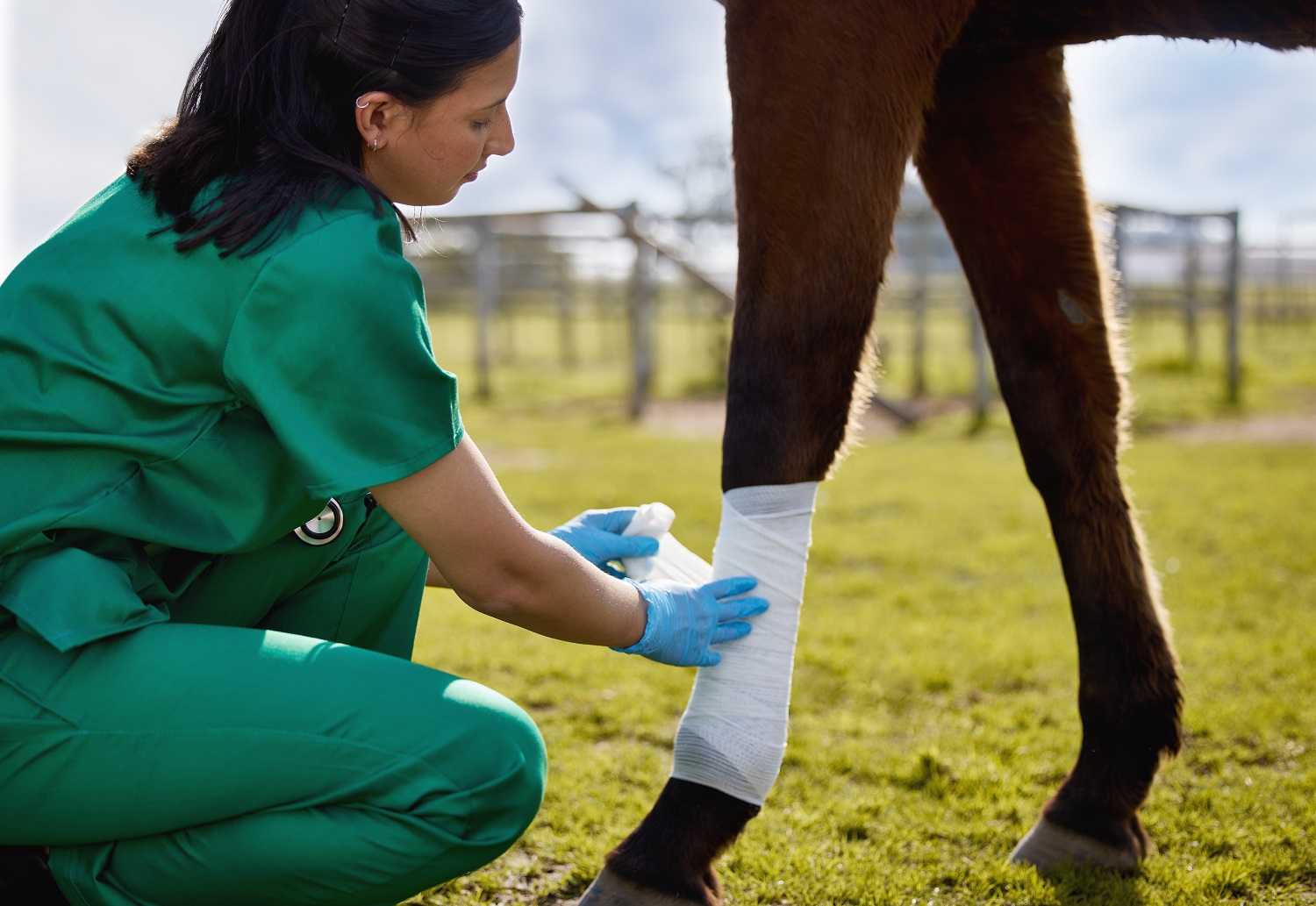

There are many different types of horse bandages on the market, but the most common are polo wraps and standing wraps. Polo wraps are usually used for horse's legs in light work or for those that are just starting their exercise regimen after an injury. Standing wraps, on the other hand, provide more support on horse legs and are often used overnight or during periods of extended rest.
No matter which type of bandage you choose, it's important to know how to wrap it properly. Improperly wrapped bandages can cause discomfort or even further injury to your horse, so it's crucial that you take the time to do it right.
Rules of Leg Wrapping
There are a few basic rules that you should always follow when wrapping your horse's legs:
- Make sure the bandages are not too tight. They should be snug, but not so tight that they restrict circulation.
- Wrap the bandages in a figure-eight pattern to ensure even coverage and support.
- Be sure to start and finish the wraps at the same point on the leg to avoid putting too much pressure on one area.
- Check the bandages regularly to make sure they haven't become too loose or too tight.
When to Use Leg Bandages for Horses
Leg bandages are useful for a variety of purposes, including:
- During rigorous workouts, provide support for the ligaments and tendons.
- Prevent or minimize swelling (oedema) after activity, injury, or stall resting.
- Legs should be protected from shock and trauma.
- Protect leg sores from infection and aid recovery.
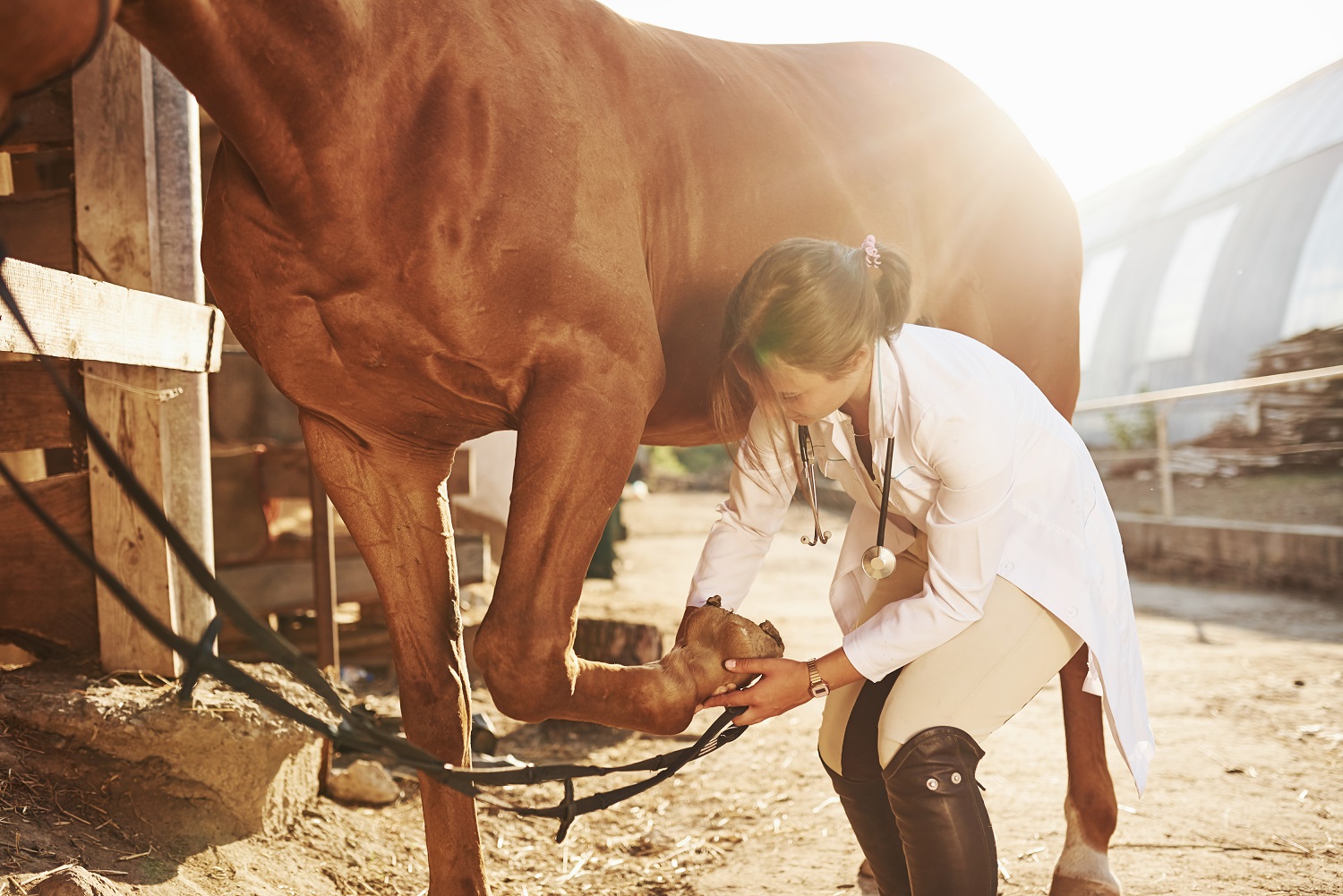

Steps for Wrapping Horse Bandages
If you've never wrapped or bandaged horse legs before, consult your veterinarian or a professional equestrian practitioner to demonstrate how. Perform under his or her supervision before doing it on your own.
Adhere to the following basic wrapping guidelines:
- Remove and rinse any dirt, dust, chemical contamination, or moisture to avoid skin issues and sensitivity.
- Proceed by using clean bandages on your horse's dry legs. (Keep in mind that you must not wrap horse legs when they are damp.)
- If there is a sore or wound, be assured it has been thoroughly cleaned and medicated according to your veterinarian's instructions.
- Use a foot or more of clean padding to support the leg underneath the bandage.
- Apply the padding to the skin in a flat and wrinkle-free method.
- Wrap the lower horse's leg that stretches from the knee to the fetlock joint first. Beginning and ending over joints is not recommended because movement will cause the bandage to weaken and come undone.
- Next, from front to back, wrap and secure the horse's leg from outside to inside (counterclockwise for the left legs, and clockwise for the right legs).
- Wrap in a spiral shape across the horse's leg and up again, overlapping the previous layer by 50%.
- To squeeze the padding, use gentle, consistent pressure onto the supporting bandage. Make sure there are no bumps or wrinkles beneath the bandage.
- To protect the area, the horse's leg padding and bandages must reach underneath the coronet band of the foot (especially important when trailering).
- Stretch the bandages to within half an inch of the pad on both the top and bottom.
Allow plenty of time for the horse to get used to its leg wraps before trailering, exercising, or placing alone in the stable.
Dangers of Unsafe Bandaging
It is necessary to employ adequate horse leg bandaging practices. When bandages are applied poorly, they can cause frustration, impede blood circulation, and severely harm muscles as well as other tissues.
- Wrapping too tightly results in pressure points.
- Wrapping too loosely will not give adequate support.
- Wrapping the horse too carelessly may injure him.
- Circulation issues may arise as a result of slippage. To avoid this, rewrap every day.
- Dirt or dust may get into the bandage and irritate the skin. To avoid this, rewrap every day.
Reasons to Rewrap Legs Daily
- Check for signs of discomfort, soreness, or irritation in your horse's leg.
- Decrease the risk of bandage loosening causing circulation problems.
- Clean dirt or dust from your horse's skin to avoid skin problems.
Bandaging horses' legs is not a difficult task, but it is important to do it correctly. By taking the time to wrap your horse's legs properly, you can help prevent injuries and keep your horse healthy and happy.
With a little time and practice, you'll be able to wrap your horse's legs like a pro. Be sure to follow the steps outlined above to avoid any horse leg bandaging mishaps. And remember, if you're ever in doubt, consult your veterinarian or a skilled equestrian specialist.
